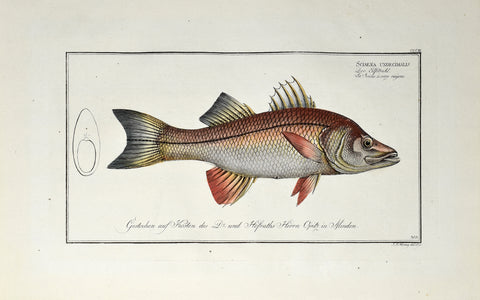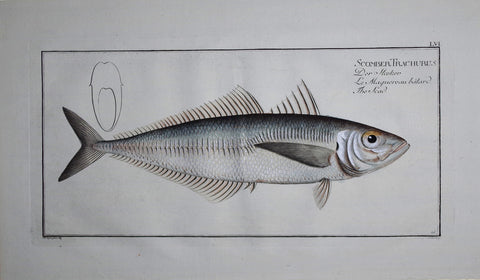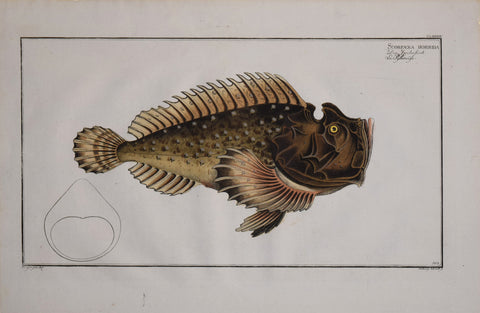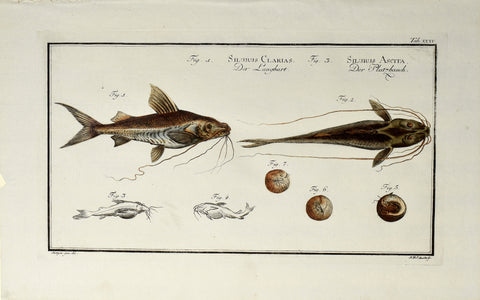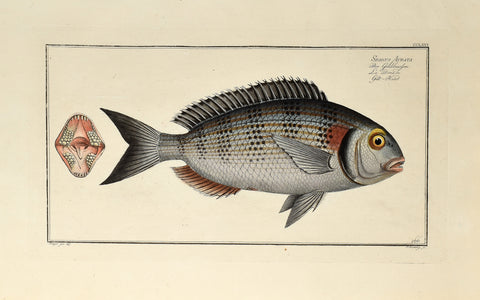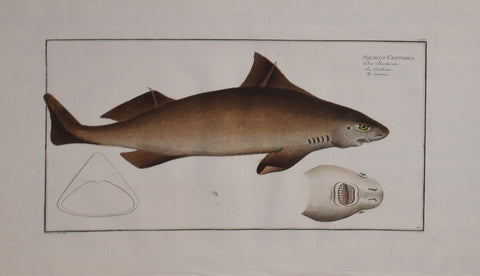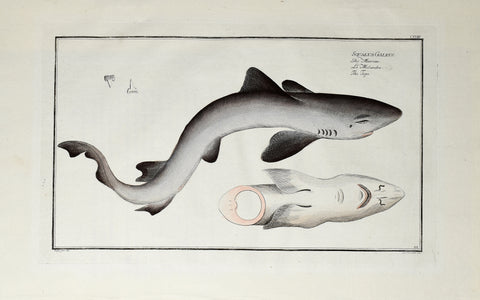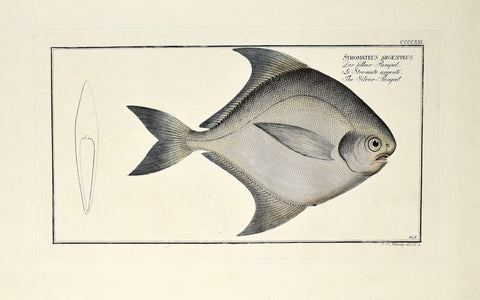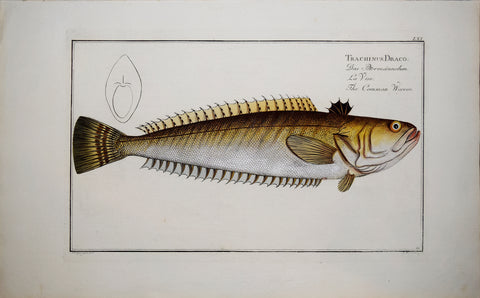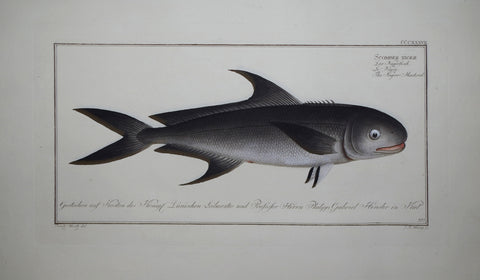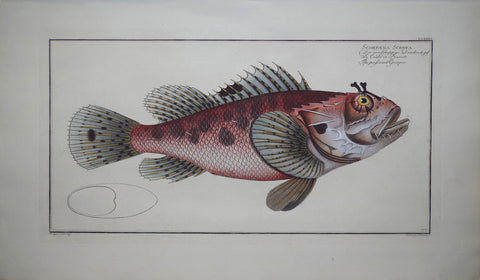Search By Artist
- Anchovy
- Marcus Elieser Bloch
- Bag Eye
- Bageye
- Barbel
- Black Corb
- Black Goby
- Black Mackerel
- Blenny
- Bloch Fish
- Blue Goby
- Broad Giviniad
- Buckard
- Bullhead
- Butterfish
- Butterfly Fish
- Butterflyfish
- Cackerel
- Carp
- Chetodon
- Chub
- Climbing Perch
- Coal Fish
- Common Snook
- Common Weaver
- Common Weever
- Crack Belly catfish
- Cramp Fish
- Crooked Fish
- Cross Spine
- Crucian
- Cunning
- Dab
- Doree
- Dornfish
- Double-Ended Pipefish
- Double-Streaked Wrasse
- Eelpout
- European Flounder
- Gar
- Gilt Head
- Gilt-head
- Gold Fish
- Gold-tailed Gilt Head
- Goldfish
- Goldlin
- Grayling
- Great-Scaled Bodian
- Green Cichlid
- Green Fin
- Fish
- Gwiniad
- Hake
- Halibut
- Harvestfish
- Holybut
- Judas Carp
- Knife Carp
- Knifefish
- Lamprey
- Lancet
- Lesser Smelt
- Ling
- Link
- Little Scaled Wrasse
- Long Bearded Catfish
- Lutian of Link
- Maculated
- Many Eyed Fish
- Marine Smelt
- Engraving
- Murrel
- Norwegian Lutian
- Old Wife
- Pearl
- Perch
- Pine Bough
- Piper
- Piper fish
- Plaice
- Plaise
- Poisoned Grouper
- Poor Fish
- Porpoise
- Prussian Carp
- Pufferfish
- Rotengle
- Rough Ray
- Rough Shark
- Rudd
- Sail
- Scad
- Sea Loach
- Sea Robin
- Sea Wife
- Sea-Cock
- Shad
- Sharp-Nosed Ray
- Silver Bald
- Silver Pampel
- Singel
- Smelt
- Smooth Trunkfish
- Snouted Lutian
- Sole
- Spotted Wrasse
- Spur Back
- Spurred Holocentre
- Square Fish
- Star Gazer
- Sterlet
- Stickleback
- Stone Perch
- Stonefish
- Streaked Wall-Eye
- Streber Perch
- Striped Ruffe
- Striped Snakehead
- Sucker Fish
- Sucking Fish
- Tang
- Tench
- Toadfish
- Tobacco Pipe Fish
- Tombot Bleny
- Tongue Sole
- Toothless Salmon
- Tope
- Tub
- Turbot
- Turtle Fish
- Umble
- Unctuous Sucker
- Viviparous
- Whitefish
- Whiting
- Wrasse
- Zebra Sole
Marcus Elieser Bloch (1723–1799)
Ichtyologie, ou Histoire Naturelle, Generale et Particuliere des Poissons
Berlin: 1782-85; Paris: 1785-97.
Engravings with original hand-coloring, some embellished with silver and gold
Bloch's ambitious work is the most notable of all books on ichtyology. Published in twelve volumes, each of the 432 hand-colored illustrations is identified in several languages. Many of the plates bear dedications to the patrons who paid to have a particular plate engraved and included in the collection.
Bloch made every effort to be comprehensive in this study, searching out species from "the four corners of the globe." He attributes his success in this undertaking to the help of many individuals, including the Emperor Frederick the Great, who ordered all of his regional finance departments to send Bloch "...all the types of fish of their provinces and to include instructive remarks." Bloch's introduction goes on to thank numerous individuals for the fish that they sent him from Denmark, England, Guinea, Surinam, New York, the Malabar coast in India, and other locations.
This monumental work reflects the growing interest in fishing as a leisure activity in the 18th century. But the lavishness and sheer magnitude of this work transcend mere trend to reveal an artist who was passionately involved with his subject matter. The silver and gold touches Bloch employed to mimic the reflective qualities of fish scales lend a dramatic sparkle to many of these impressive and richly colored images. Bloch's "Ichthyologie" is a highly important work, and one of the most engaging of all 18th-century natural history works.

